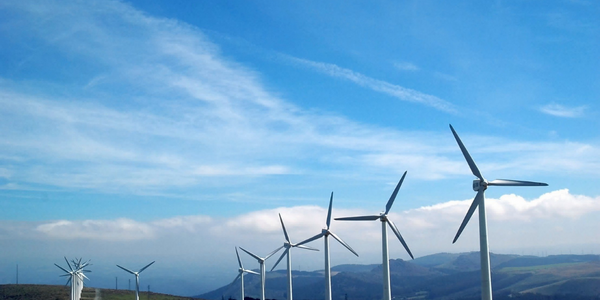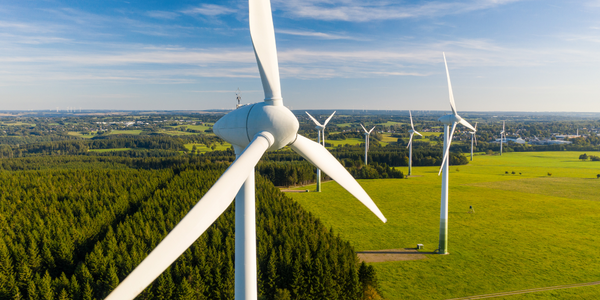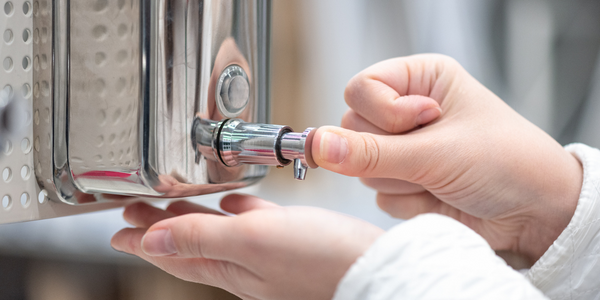Customer Company Size
Large Corporate
Region
- Europe
Country
- Italy
Product
- Whirlpool Minerva Oven
Tech Stack
- Finite Element Analysis (FEA)
- Multiphysics Analysis
Implementation Scale
- Enterprise-wide Deployment
Impact Metrics
- Energy Saving
- Environmental Impact Reduction
- Innovation Output
Technology Category
- Analytics & Modeling - Digital Twin / Simulation
- Analytics & Modeling - Predictive Analytics
Applicable Industries
- Consumer Goods
- Renewable Energy
Applicable Functions
- Product Research & Development
- Quality Assurance
Use Cases
- Energy Management System
- Predictive Quality Analytics
- Digital Twin
Services
- Software Design & Engineering Services
- System Integration
About The Customer
Whirlpool Corporation is the world’s largest home appliance manufacturer, known for its innovative and sustainable technologies. The company is committed to enhancing the resource efficiency of its products, particularly domestic ovens, which have significant room for improvement in terms of energy consumption. Whirlpool's R&D team in Italy is actively involved in the GREENKITCHEN® project, a European initiative aimed at developing energy-efficient home appliances with reduced environmental impact. The team is focused on studying the energy consumption of ovens by exploring heat transfer processes and testing new materials, manufacturing methods, and thermal element designs. Their goal is to reduce the energy consumption of Whirlpool’s ovens by 20 percent, contributing to a significant reduction in CO2 emissions and annual electricity usage in European residential homes.
The Challenge
In terms of energy consumption, ovens have the most room for improvement of any appliance in the kitchen, with only 10 to 12 percent of the total energy expended used to heat the food being prepared. This is one of the reasons why Whirlpool Corporation, the world’s largest home appliance manufacturer, is exploring new solutions for enhancing the resource efficiency of their domestic ovens. Using a combination of experimental testing and finite element analysis (FEA), Whirlpool engineers are seeking solutions to improve energy efficiency by exploring new options for materials, manufacturing, and thermal element design. In partnership with the GREENKITCHEN® project, a European initiative that supports the development of energy-efficient home appliances with reduced environmental impact, researchers at Whirlpool R&D (Italy) are studying the energy consumption of their ovens by exploring the heat transfer processes of convection, conduction, and radiation. “Multiphysics analysis allows us to better understand the heat transfer process that occurs within a domestic oven, as well as test innovative strategies for increasing energy efficiency,” says Nelson Garcia-Polanco, Research and Thermal Engineer at Whirlpool R&D working on the GREENKITCHEN® project. “Our goal is to reduce the energy consumption of Whirlpool’s ovens by 20 percent.”
The Solution
Whirlpool Corporation's R&D team, in collaboration with the GREENKITCHEN® project, is using a combination of experimental testing and finite element analysis (FEA) to explore new solutions for improving the energy efficiency of domestic ovens. The team is studying the heat transfer processes of convection, conduction, and radiation within the oven to better understand how to enhance energy efficiency. They created a model of Whirlpool’s Minerva oven to simulate its thermal performance during the standard 'brick test' used in the European Union to measure energy consumption. The simulation took into account various factors such as the emissivity of the glass door, the thickness of the walls, and the material properties of the walls. By comparing the simulation results with actual experimental data, the team was able to verify the accuracy of their model. This accurate simulation allows Whirlpool’s team to confidently test new design ideas and optimize the use of energy resources in the oven, ultimately leading to a robust, energy-efficient design for the European market.
Operational Impact
Quantitative Benefit

Case Study missing?
Start adding your own!
Register with your work email and create a new case study profile for your business.







.png)





